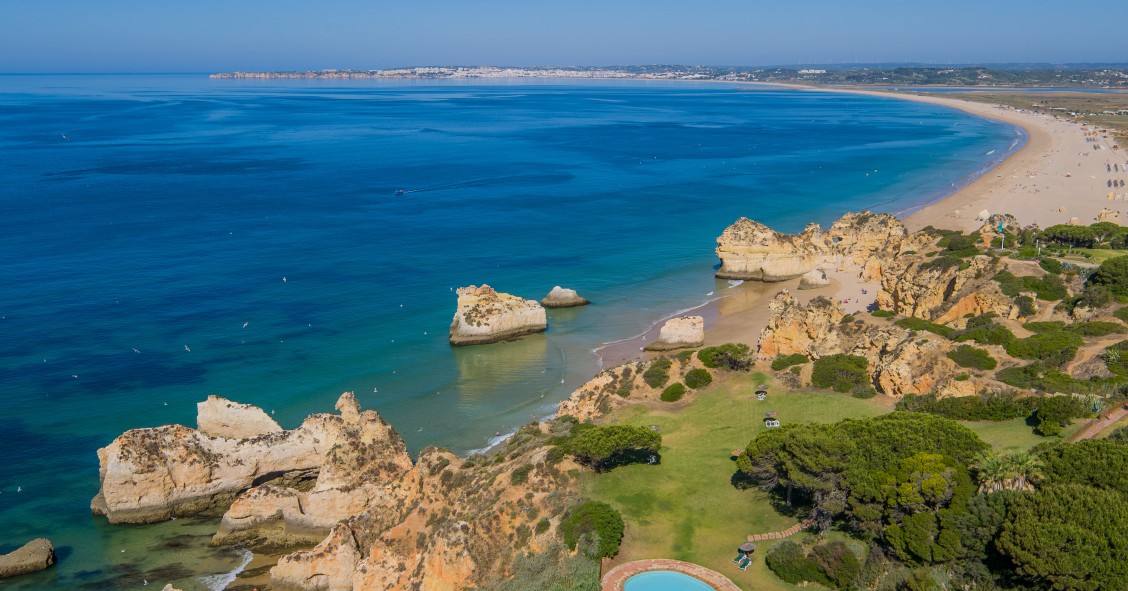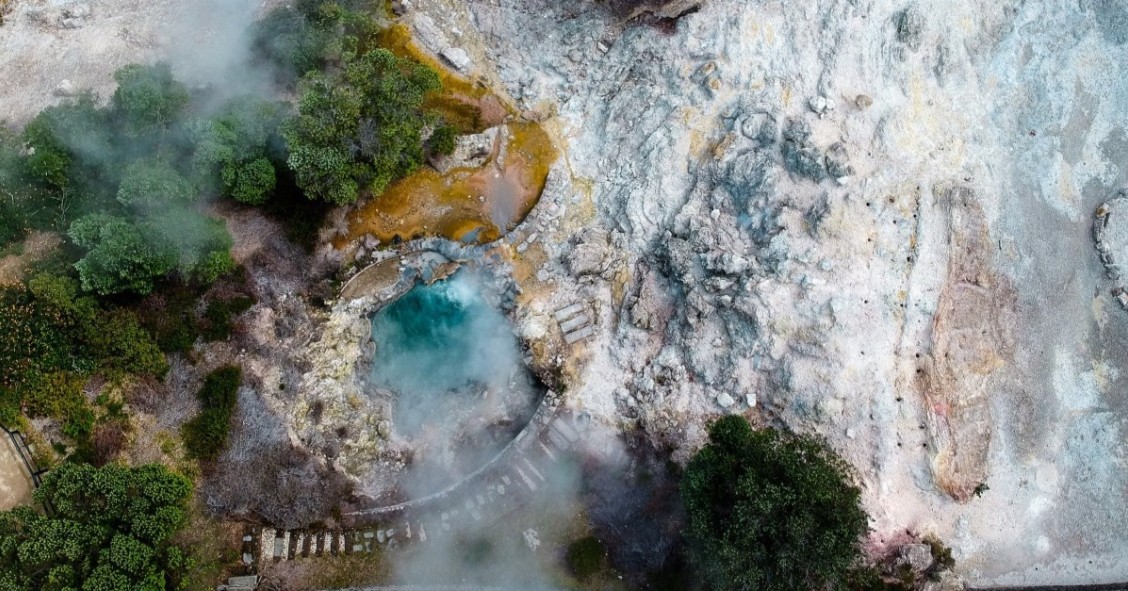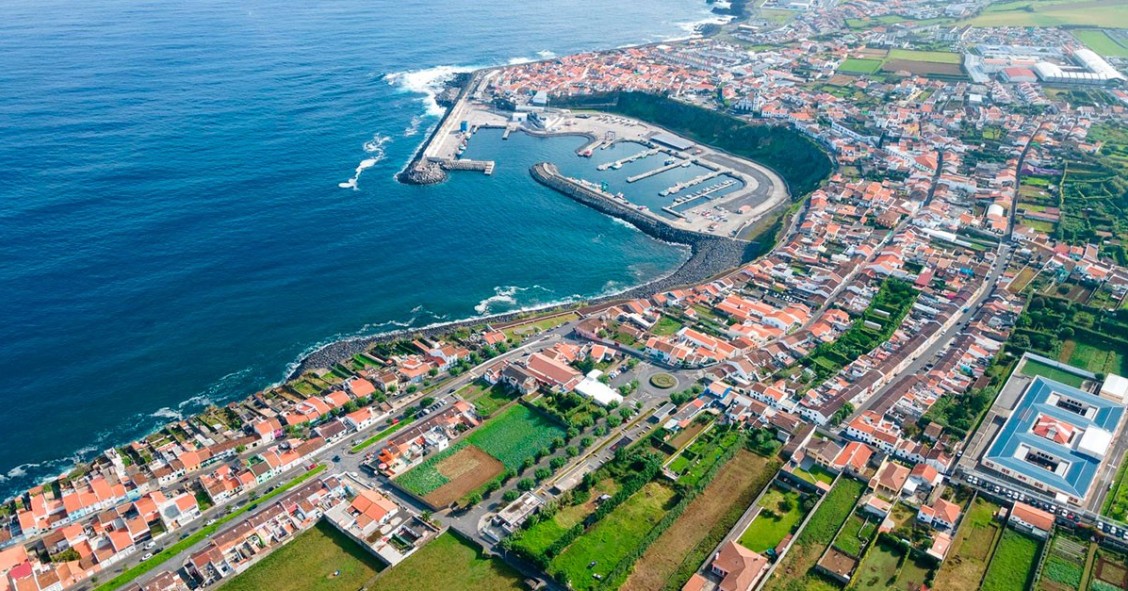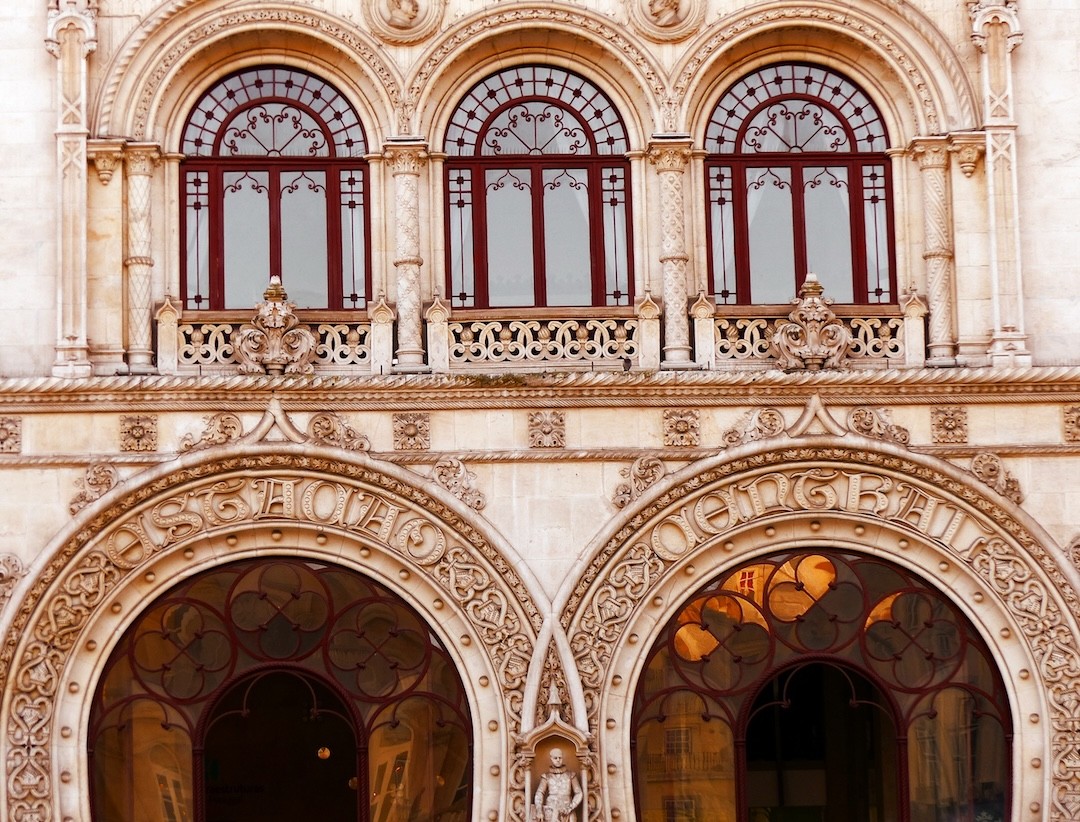
Portugal is a country that’s easy to explore from north to south by rail. But some of its train stations deserve to be more than just passing points – they’re living postcards, steeped in history and national heritage.
From hand-painted azulejos and neoclassical façades to romantic designs and contemporary touches, these railway stops are places truly worth lingering in. In this article, we travel through some of the most beautiful train stations in Portugal.
Old Aveiro Train Station
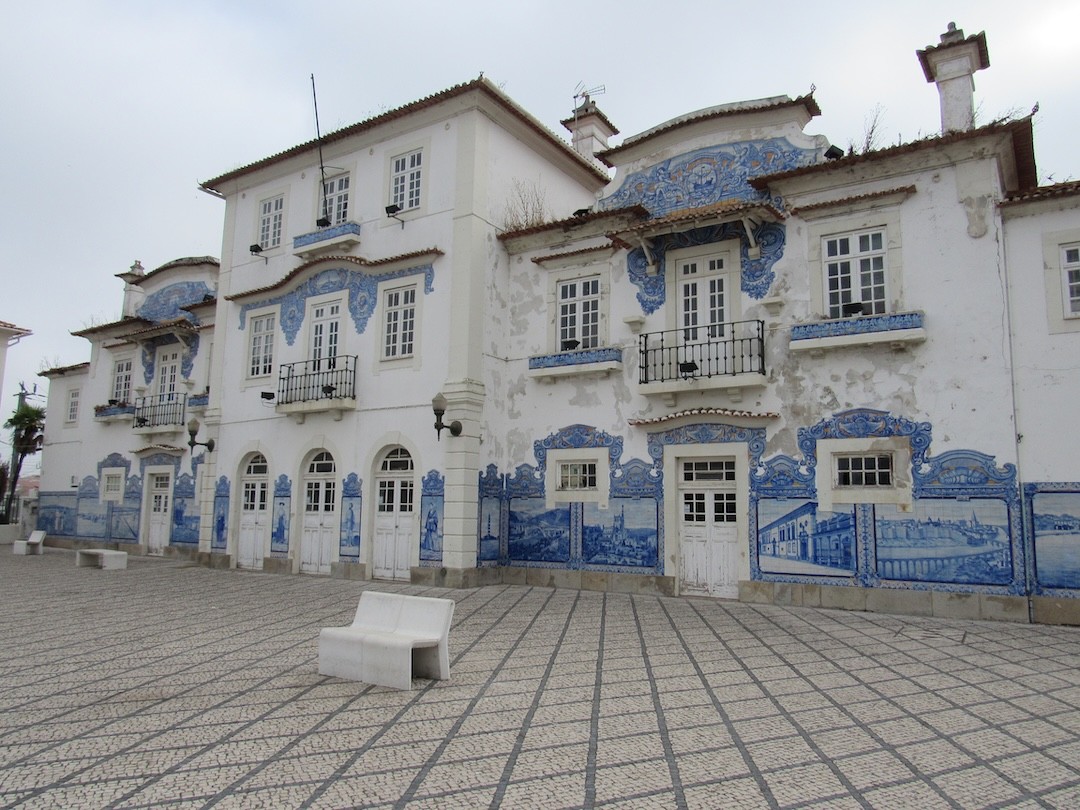
In Aveiro, the old railway station is a true calling card for the city. Built in the early 20th century, it stands out for its tiled panels depicting rural, maritime and railway scenes typical of the region. The main façade is covered in hundreds of blue and yellow azulejos, perfectly reflecting the ceramic traditions of the city of moliceiros.
Located next to Largo da Estação, this masterpiece of Portuguese tilework sits along the Northern Line and remains a point of interest for both tourists and locals. The tiles were recently restored in meticulous detail, with every effort made to preserve the original colours and materials, leaving no visible trace of modern techniques.
Although the station no longer serves regular departures – these now operate from the adjacent building – its doors remain open to the charm of every passer-by.
São Bento Station, Porto
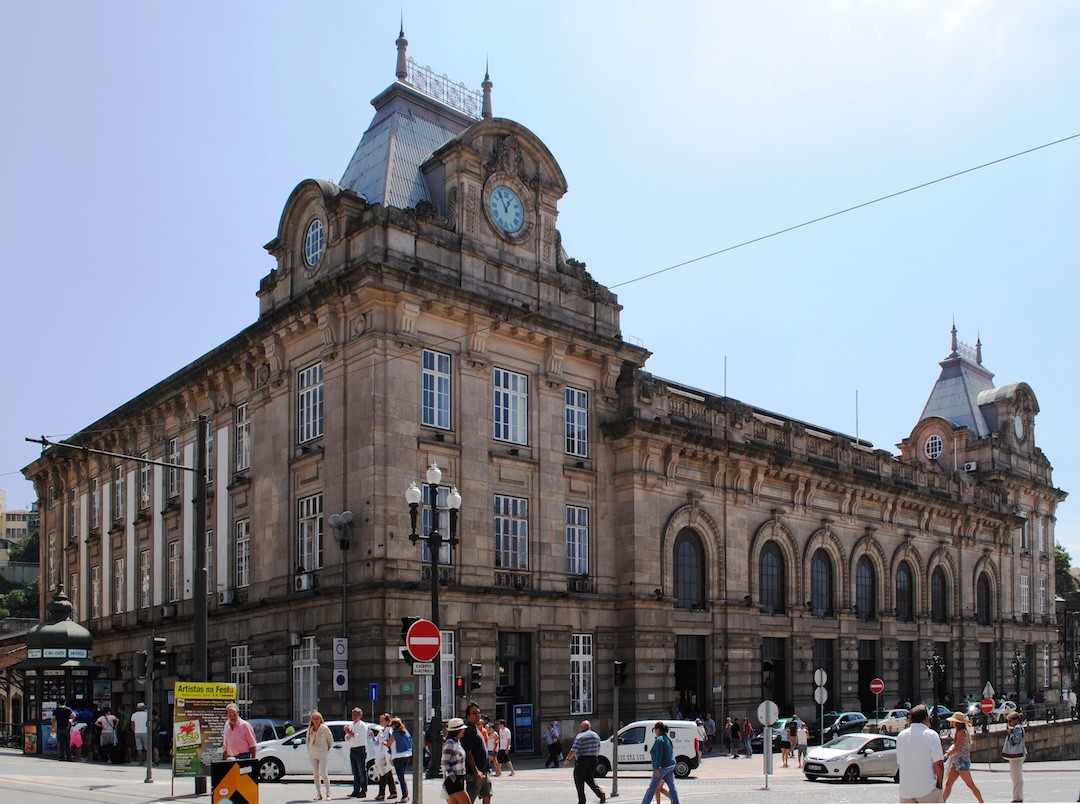
In the heart of Porto, São Bento Station is a true work of art and one of Portugal’s most iconic railway stations. Inaugurated in 1916, its main hall is lined with more than 20,000 azulejos by Jorge Colaço, illustrating key moments in Portuguese history and everyday life. The scale and detail of this ceramic masterpiece make it one of the most photographed places in the city.
Beyond its stunning interior, the station’s prime location – between the Sé Cathedral, Avenida dos Aliados and the historic centre – makes it a gateway to the city. Its granite façade and central clock complete the classic scene of a station where the journey begins well before you board the train.
Santa Apolónia Station, Lisbon
Lisbon’s oldest railway station, Santa Apolónia, was inaugurated in 1865 and has seen significant transformations over the years. Set along the banks of the River Tagus, it served for decades as the capital’s main rail entry point. Today, it remains a key national and international hub.
Its façades have recently been brought back to life with the restoration of their original colour – a deep wine red that has replaced the blue introduced in the 1990s. The station’s ongoing revitalisation, which includes a hotel and soon a student residence, shows how it’s possible to move forward while honouring the past.
Rossio Station, Lisboa
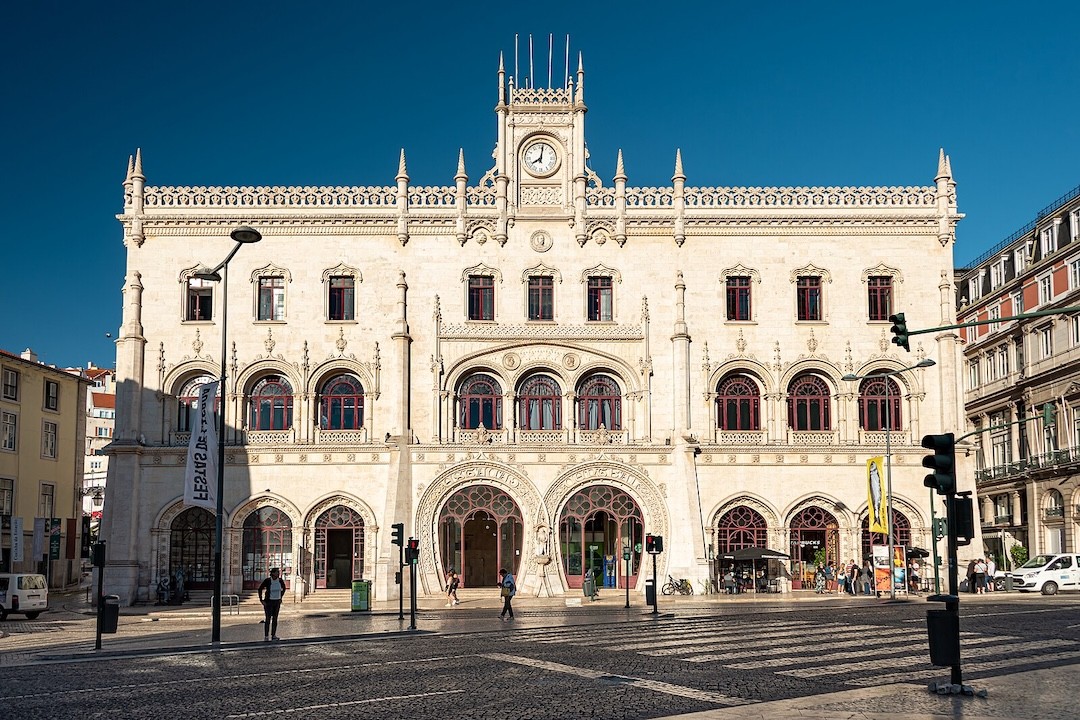
Rossio Station is one of the finest examples of romantic architecture in Portugal. Inaugurated in 1890, it stands out for its Neo-Manueline façade, featuring horseshoe-shaped arches, ornate stonework and turreted details. Set in the heart of downtown Lisbon, it is one of the most central and scenic stations in the country.
Today, it primarily serves suburban routes, especially the Sintra line, but remains a landmark of architectural and tourist interest. Its vaulted interior and vintage panels recall the charm of an era when train travel was an almost aristocratic experience.
Vilar Formoso Station
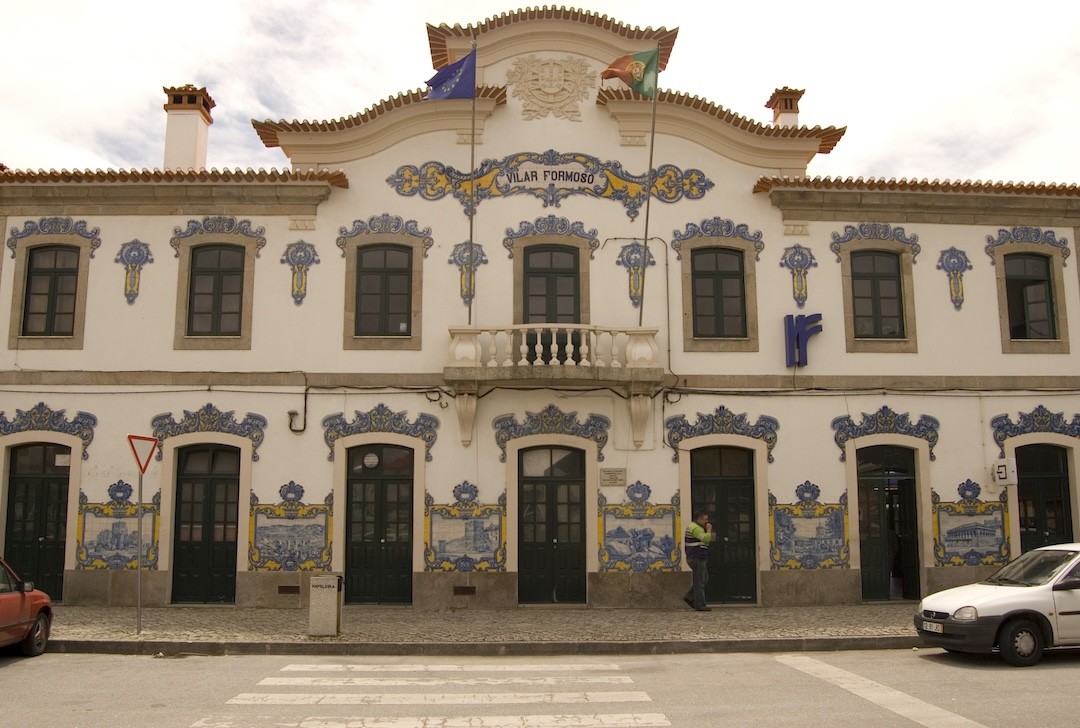
The station of Vilar Formoso, near the Spanish border, is one of the most surprising in the country. Inaugurated in 1882, it connects Portugal with the Spanish city of Salamanca and was, for decades, a gateway for thousands of emigrants arriving or departing. The station is like an open-air museum, adorned with tiled murals celebrating Portuguese values and traditions – from folklore to rural landscapes.
Today, it also houses the Vilar Formoso – Fronteira da Paz Museum, a tribute to the refugees of the Second World War who passed through its doors. This makes the station not only beautiful, but also deeply symbolic – a place where cultures, memories and emotions intersect.
Monte Station, Madeira
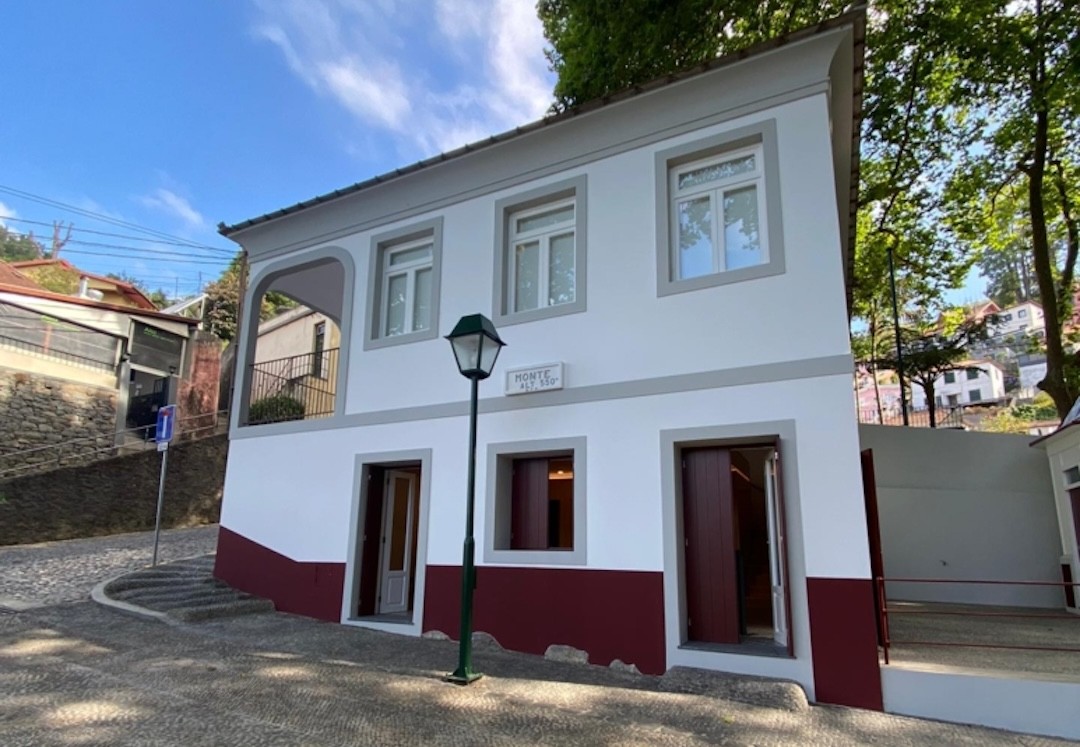
Did you know Madeira once had a train? Although the island’s rail service was discontinued in 1943, Monte Station still exists and has recently been restored. Small and picturesque, it now houses the Interpretive Centre of the Railway, offering visitors a closer look at this innovative mode of transport for its time.
Situated in Largo da Fonte, the surrounding square is lush with greenery, creating a peaceful atmosphere that invites quiet reflection. A little further uphill, you’ll find the Church of Our Lady of Monte, the island’s patron saint, where the most important religious festival in Madeira takes place every year on 15 August. After all, train stations in Portugal can be the starting point for many other experiences.


